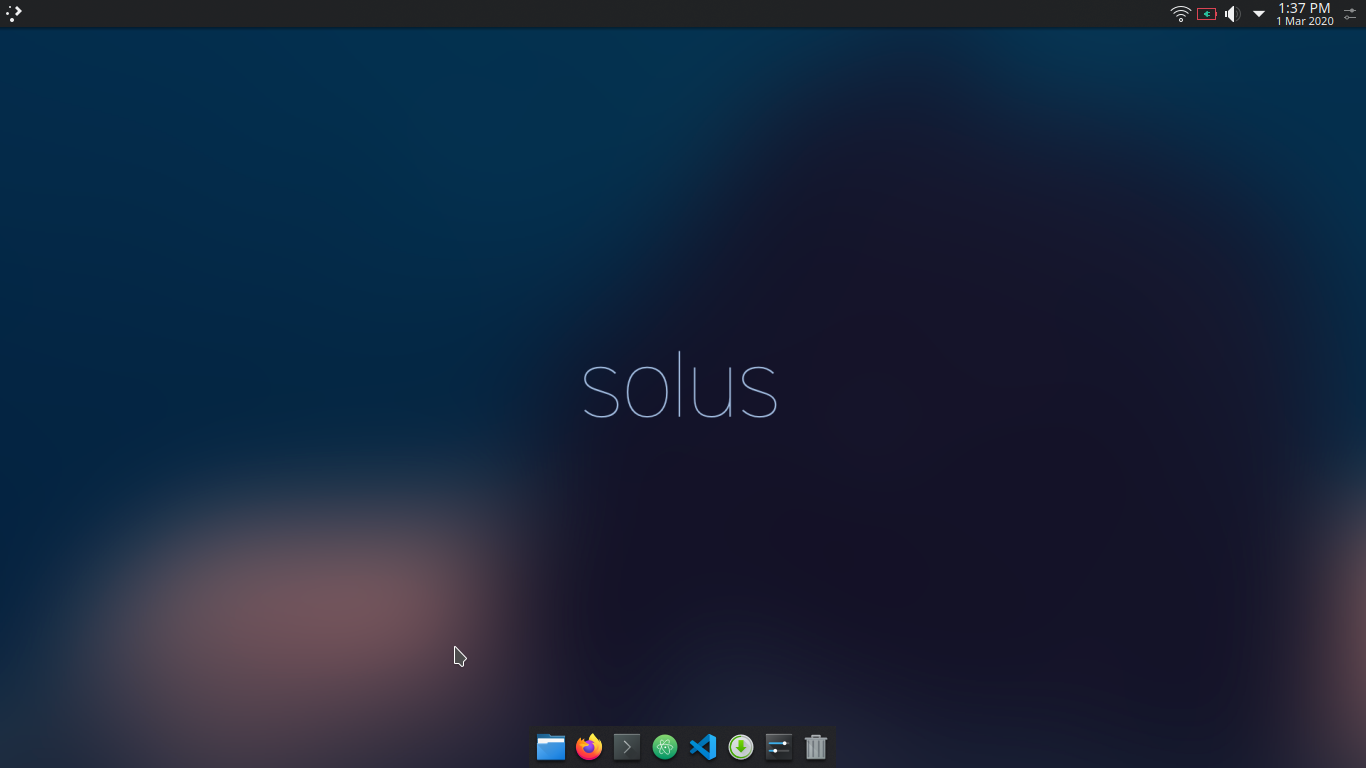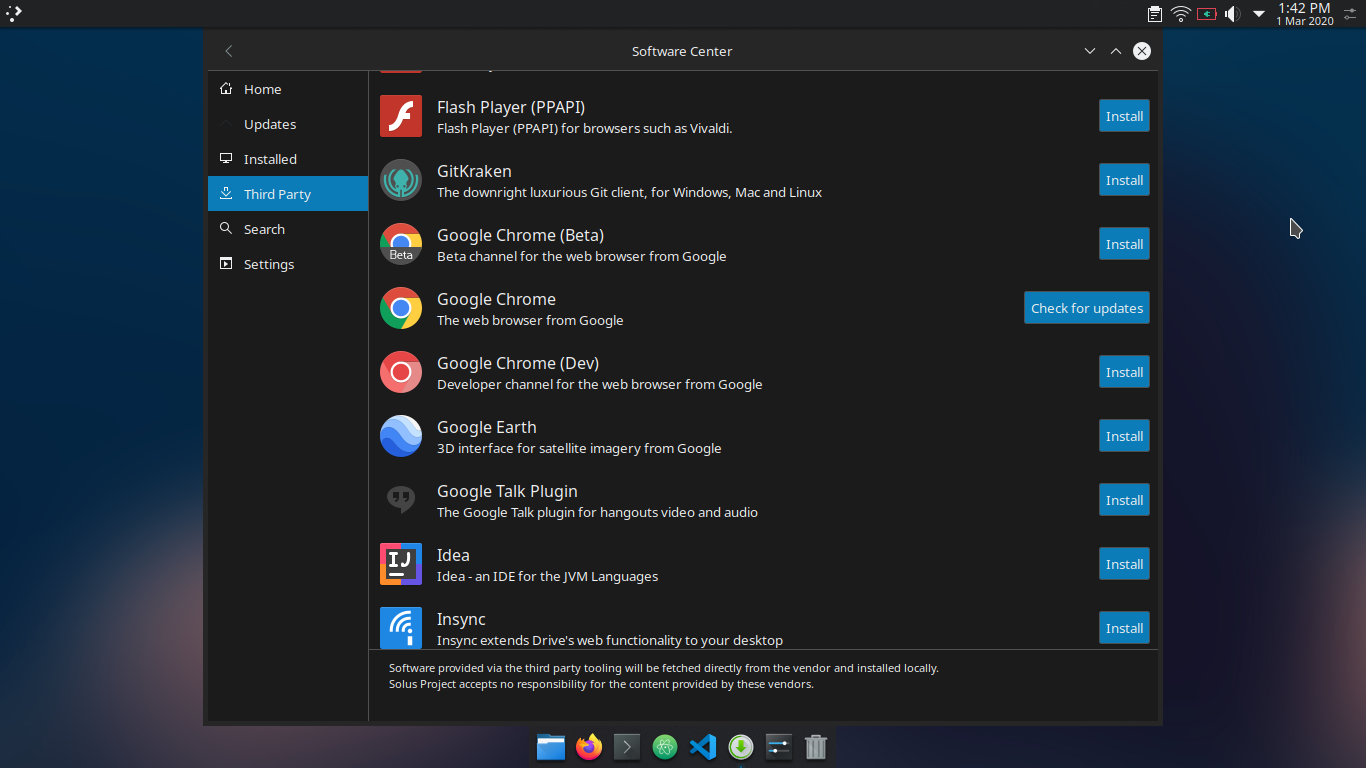Solus Linux 4.1 Fortitude
March 2, 2020



Continuing my fun, trying different distributions of Linux, I decided to join the folks of Big Daddy Linux and try Solus Linux 4.1: Fortitude. Because I am trying something new, I thought it would be good to go all out and try KDE again. Finally, I was able to see what people truly see in KDE. I must say that this time it was a joy to try out. This will be my thoughts on Solus 4.1, but also on KDE, which I am seriously thinking about switching to, eventually.
Installation: I did not have a problem installing the system like some of the other members of BDL did. The installer was easy to work through and when I was done, I had a nice clean install. All of the function keys worked out of the box, which is not always the case. I was able to change volume and screen brightness, and wifi worked out of the box. I should add here that, as always, I am testing this on a laptop from 2011, an Acer Timeline X with a Core i3 CPU, 6gb of RAM, a 120gb SSD, and integrated graphics.
Software & Ease of Install: Overall, I have a very simple set of needs. Most of the default applications that come with most Linux distributions are enough for me. I do like to work on web development, which means I need a text editor and NodeJS. I also like to install the Chrome browser since that is what most people run, so I always test my sites in Chrome.
Software is one area where Solus falls short. I was easily able to get Chrome installed through the software store. I was able to install the Atom text editor as well, but this is not the editor that I typically use. Installing VS Code took a little more work, but by more, we are talking about opening the terminal and snap installing it. NodeJS was about the same. A quick terminal command and I was up and running. I was ultimately able to get everything installed that I need regularly.
KDE: I started with the KDE desktop and wanted to get the feel for the DE with its defaults. As always, KDE is great the way it is, but it is just is not for me. I just do not like a Windows desktop feel when I have something like that while I work all day. One thing that I always miss with KDE is the GNOME style application switcher/dashboard. I had a couple nights of playing around with KDE settings, and finally found out where this feature is, but also how to set a custom keyboard shortcut, rather than the ‘hot edge’. I was able to put “Present Windows” to Super+Tab.
I then perused through the settings some more and found the global menu. While this is a nice option, it is not as all encompassing as it should be, and there are still applications that do not use it. All it took then was installing Latte Dock, and I was able to get the slick, Mac style desktop that you see in the screenshot. I also switched to the application dashboard, rather than the menu, and now the workflow is one that I would be comfortable using daily.
Conclusion: Solus Linux is a solid distribution, but it is not to a point where I am looking to switch. Since it is its own standalone, it uses a unique package manager, which means it is harder to find software ready for it, and its repository is a little sparse comparatively. Using Snaps or Flatpaks works, but I always prefer repositories where I can.
On the other hand, KDE is looking more attractive. I am debating giving Kubuntu a try again, and seeing if I can finally get it working and looking the way I would like it to. The application dashboard is still a little wonky, but it works well enough.